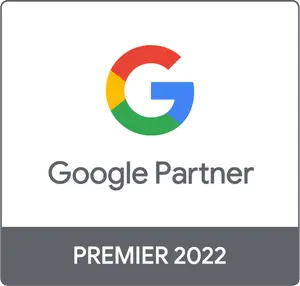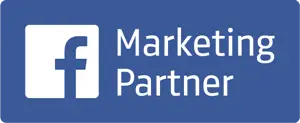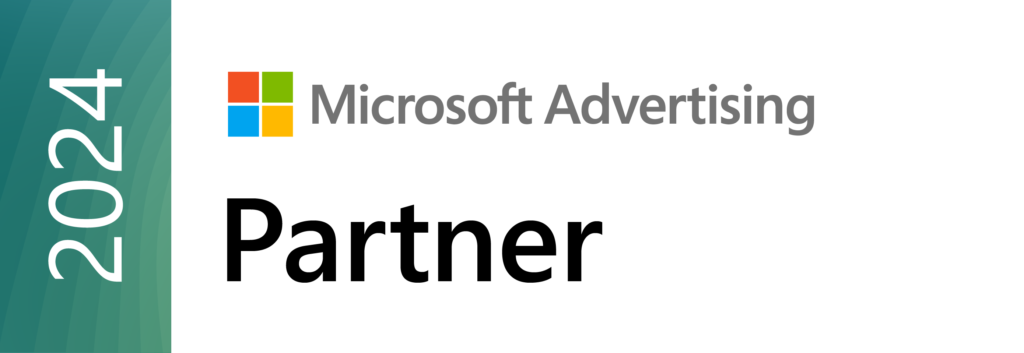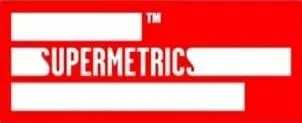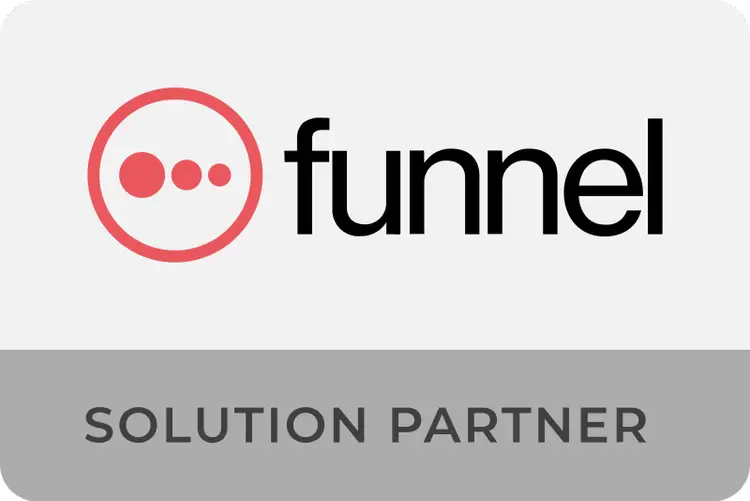Last week we talked about the importance of CRO in a Paid Media strategy, and today we'll share 7 tips to optimize the much-sought-after conversion rate on your landing pages.
First, you need to identify the final action you need your customer to complete: fill out a form? make a purchase? subscribe to a service? That will be your macro-conversion.
What we find in consulting is that most of the time, the problem isn't the volume of traffic, but rather what happens (or doesn't happen) when that traffic enters the website. While we're not in favor of strict or quick fixes for immediately increasing CRO, there are a series of guidelines that can be implemented to measure and analyze results after the fact.
1- Invite action from start to finish in a CLEAR manner. Keep distractions away.
Website design should be based on the strategic placement of CTAs (calls-to-action). From the beginning of your product or service's landing page to the end, the CTA should be repeated throughout the message. Furthermore, this CTA should be presented as clearly and concisely as possible:
-
Simplify your text as much as possible without losing empathy. Use practical, non-technical language. “Buy,” “Register,” “Request a visit.”
-
Pay attention to the size, position, and color of the buttons. A small CTA is likely to go unnoticed. Position is also important. For example, on mobile, it's recommended to place the button at the bottom of the device to make it easier to position your thumb. Regarding color, keep in mind that the CTA should be the most visible element above all other elements.
-
Eliminate unnecessary links that distract or distract the user from the key action they need to take. Also, remove other deterrent elements, such as banners or navigation bars, that may detract from the main message.
2- Build trust with your brand with relevant and interesting content
Consider a potential customer visiting your website for the first time. They likely need additional information to make the decision about whether to engage in a macro conversion or continue searching among the competition. To do this, we offer two suggestions:
-
Approach your landing page from a customer-centric perspective, that is, by appealing directly to their needs and pain points. Speak to your potential customer the same way you would if you were in a physical store.
-
Include a section where you talk about your company and share photos of your team to establish a human connection with your product/service.
3- Simplify the process as much as possible
We recommend simplifying the purchase or registration process as much as possible to ensure a quick and hassle-free user experience. To do this, ask for only the necessary information on the forms and leave the rest for later. Often, just an email address and name are sufficient.
4- Optimize your website's loading time
When a user visits a website and it takes too long to load, they're likely to abandon it. We recommend reducing loading times by optimizing the size of files like photos or videos.
5- Include comments, reviews and opinions as social proof
Include testimonials to build trust on your landing page. Leveraging other people's experiences will help validate the information you provide about your product/service and reinforce the benefits it offers. We recommend including an online survey somewhere in your buyer journey map where customers can leave comments that can later serve as reviews (with prior customer permission) and give your product/service greater credibility with your audience.
6- Maintain consistency and coherence of the message
If someone lands on your landing page, it may be because they clicked on an ad or perhaps a CTA from another piece of content you created. It's important for the landing page to be a continuation of the advertising pieces, and to achieve this, we recommend:
-
Use the same keywords and topics in your ads and on your landing pages.
-
Use the same color palette on your landing page as in your ads
-
Include your logo on all landing pages
-
It's very important that the numbers don't change. If your ad offered a -25% discount on a license plate, this same information should appear on the landing page to avoid inconsistencies in the message.
7- Measure, measure and measure
This is the mantra of every successful digital marketing campaign. Measure everything using web analytics tools that show how users interact with the landing page once they arrive. Measure where they clicked, what information caught their attention, how many completed the desired action, and so on.
We recommend creating two versions of the same landing page, changing the color, images, and even the text, to measure which one has the best impact on your campaigns.
Conclusions
Landing pages are a very effective and essential type of page in any digital marketing campaign. They improve results and also provide invaluable information about your customer.
Remember that your paid media efforts and budget will be wasted if your landing pages don't convert. At PaidStrategy, we have a rule that the fewer clicks from page to page and fewer scrolls, the higher the conversion rate. We encourage you to run your landing page through these 7 filters we've just defined and make the necessary adjustments to optimize your conversion.

Founder of PaidStrategy and Performance Marketing Specialist.
Over 10 years of experience in Performance Marketing. Expert in achieving goals through analysis and strategy management with internal teams and clients. Her two superpowers? Asking the right questions and moving from chaos and improvisation to order and planning.


